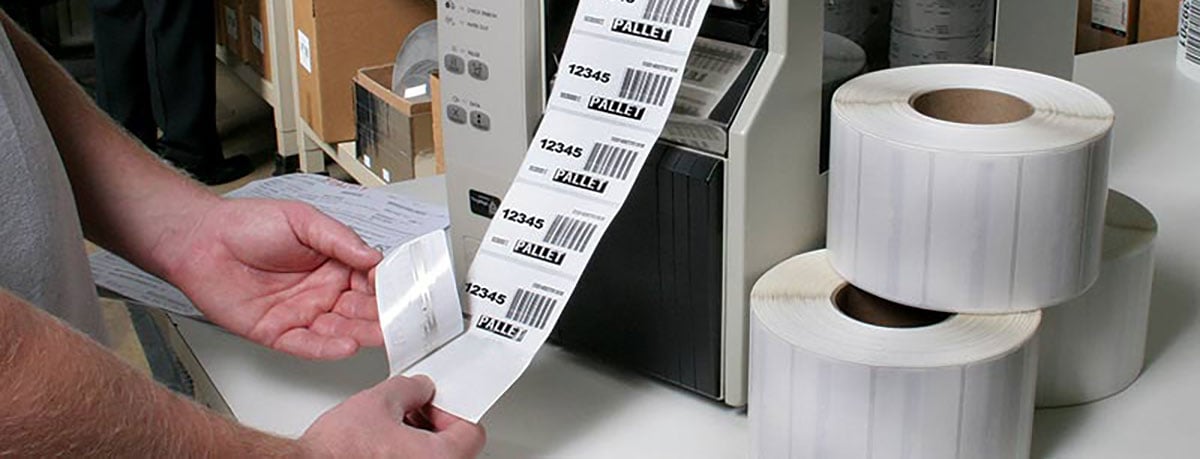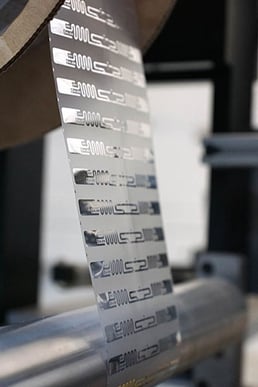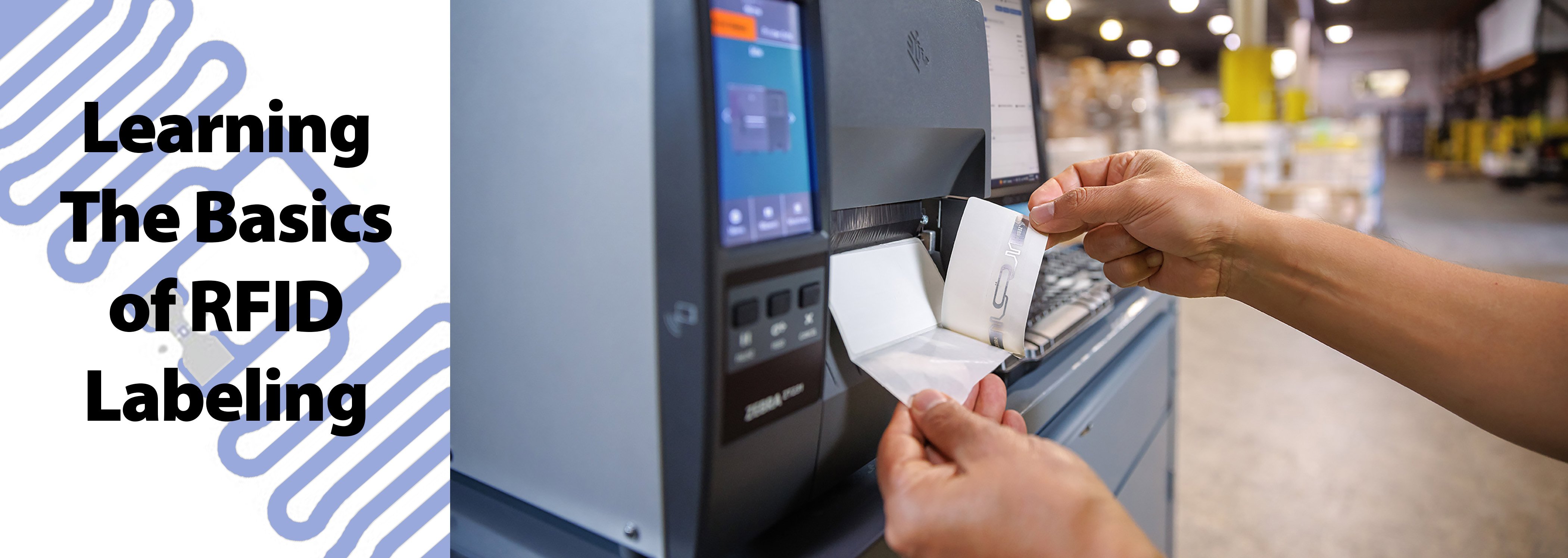
Back in 2005, Walmart shook up the retail world by requiring its suppliers to start using RFID tracking tags on products that Walmart sold in their stores. It was a bold move that started with about 100 of their top suppliers, 500 stores and 5 distribution centers. But RFID tags were in their infancy and no one had tried to roll out a large scale adoption of the technology yet.
Even though there was a steep learning curve, suppliers tried to meet the mandate, often with limited success. A year later, the program was extended to 500 suppliers. Label suppliers scrambled to meet demand and work with companies trying to manage the logistics of using the new RFID tags. But the technology was still not fully developed yet, with few guidelines or industry standards. Plus, RFID inlays, the encodable chips layered inside the label or tag, were not always reliable and were costly.
 Over the years since Walmart has continued to work with Auburn University RFID Labs and GS1 US to learn more and build it’s RFID program. Both of these organizations provide resources for retail suppliers and other industry stakeholders who need guidance and standards for the growing RFID usage.
Over the years since Walmart has continued to work with Auburn University RFID Labs and GS1 US to learn more and build it’s RFID program. Both of these organizations provide resources for retail suppliers and other industry stakeholders who need guidance and standards for the growing RFID usage.
The information available is vast, with most manufacturers already using the GS1 standards for their UPC bar codes. RFID tags usually contain information like the price of a product along with the UPC bar code that contains the Global Trade Item Number (GTIN) value.
Starting in September 2022, suppliers of home goods products, hardware, and automotive products will need to be using RFID tags.
RFID tags have been in use since the big push in 2005 and further adoption has relied on both manufacturers and retailers accepting the price and standards. Most of the early issues with using RFID tags have been eliminated. Advances in RFID technology have increased the scanning accuracy and sensitivity of the tags to almost 97%, a far cry from years ago. And the costs have come down to about 3 to 5 cents per tag in large quantities. Both of these factors have made RFID label and tags more acceptable and cost-effective for manufacturers and retailers.

In 2020, Walmart started to deploy UHF RFID technology at its store to track apparel products as they were delivered and sold. This allowed them to keep tighter reins of inventory levels and make sure items were always in stock. Employees would use hand-held scanners to read the passive tags and keep track of store items. Walmart reported dramatic results in the ability to maintain product avalabilty which led to improved online order fulfillment and customer satisfaction.



 Over the years since Walmart has continued to work with
Over the years since Walmart has continued to work with 
